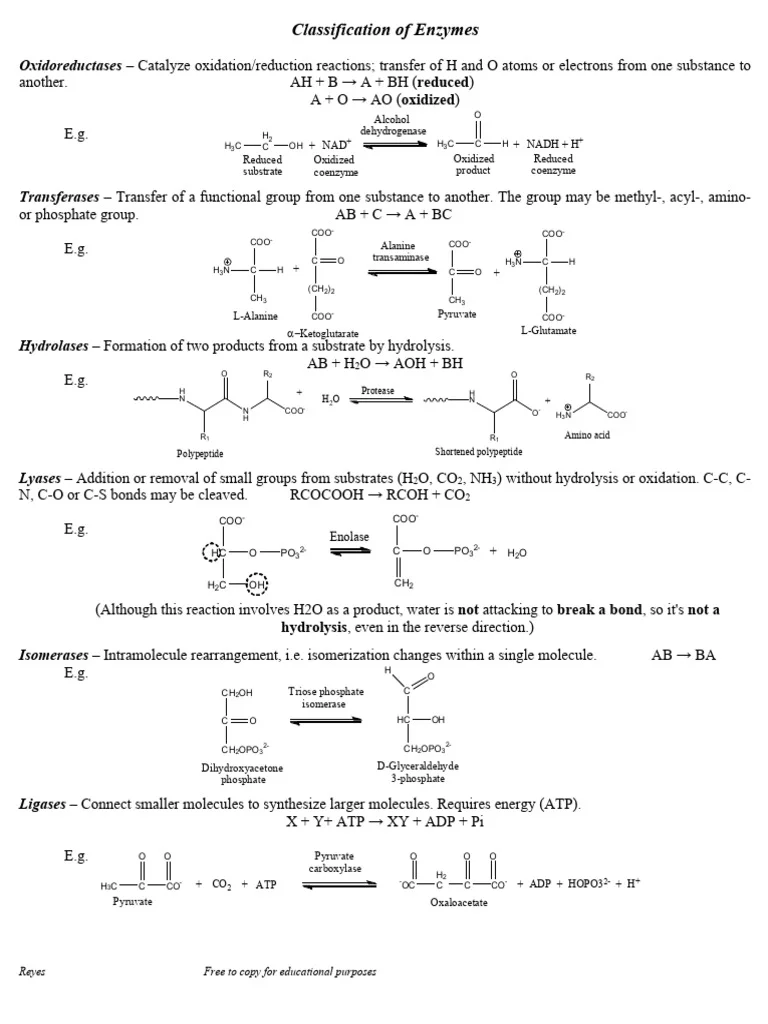Let's Be Real About Enzymes: What they are and how they actually work
So, every week I get a firehose of press releases screaming about the "next big thing." Usually, it's some app that lets you order artisanal dog food from your smartwatch. But this week, the buzz is all about enzymes. Yeah, those microscopic biological machines you vaguely remember from high school biology. Apparently, they're not just for digesting your lunch anymore. They’re the key to a greener, faster, brighter future.
Give me a break.
We're being sold a vision of super-powered enzymes creating miracle drugs and eco-friendly factories, all designed by brilliant AI and tested by tiny robots. It sounds great on a PowerPoint slide. But when you actually dig into the research, you realize we're still at the stage of figuring out how the damn things work on a level that would make a watchmaker's head spin.
The Devil's in the Molecular Details
Let's start with the groundwork. A team of scientists just published this incredibly dense paper, Structure-function relationship of the GH168 fucanase reveals an unusual enzyme recognition mechanism for sulfated polysaccharide, on a family of enzymes called GH168 fucanases. Their job, in simple terms, is to break down a specific type of complex sugar found in stuff like sea cucumbers. Riveting, I know. But stick with me.
These researchers didn't just find a new enzyme cleaner for your bathroom; they mapped its entire `enzyme structure` with insane precision. They found that this `protein` folds into a classic barrel shape, creating a little groove—the `active site`—where it grabs its target, the `substrate`. And deep inside this groove, they located what they call the "polar knuckle."
A polar knuckle. It's a single, crucial amino acid that acts like a thumb, pinning the sugar molecule in place so the enzyme can do its work. They proved its importance by creating a mutant version without the knuckle. The result? The enzyme was completely useless. It's the biological equivalent of finding out that the entire global shipping industry relies on one specific, irreplaceable bolt.
This is the reality of enzyme science. It's not grand, sweeping gestures. It's painstaking, brutal, microscopic detective work. They're not building a new world; they're figuring out how a single gear turns in a machine with a trillion gears. And while that's intellectually amazing, what does it actually mean? Are we supposed to believe that identifying one molecular knuckle in an obscure seaweed-munching `enzyme` is the first step toward curing cancer? It feels like a massive leap of faith.

Building Castles on Shifting Sand
Once the molecular detectives have their clues, the engineers and the entrepreneurs swoop in. This is where the hype machine really kicks into gear. One review paper I saw, Protein engineering advances unlock pathways to greener industrial biocatalysts, laid out the new "powerful toolkit" for building better enzymes. It’s full of sci-fi-sounding techniques.
First, there's "ancestral sequence reconstruction." This is a fancy way of saying they're using computers to guess the `DNA` of enzymes from millions of years ago and then... bringing them back to life. This is a terrible idea. No, 'terrible' doesn't cover it—this is the literal plot of Jurassic Park, but with microscopic monsters you can't see. They claim these ancient enzymes are more robust, but what else are they? We have no idea. What happens when one of these resurrected super-enzymes gets out and decides it really, really likes the taste of, say, human collagen?
Then, offcourse, there’s machine learning. Because if you have a problem in 2025 and you're not solving it with AI, you're not even trying. The idea is to feed massive databases of protein structures into an algorithm and have it predict the perfect mutations to make an `enzyme` more stable. It's a numbers game, a form of hyper-accelerated evolution in a box. I get it. It's efficient. But it also feels...soulless. We're outsourcing discovery to a black box that can't explain why its solution works, only that it does. Is that really progress?
And to test all these new creations, another lab has built a machine that spits out 100,000 minuscule droplets on a glass slide in under an hour. It's a marvel of microfluidics, a lab-on-a-chip that can run more experiments in a day than a grad student could in a year. They're saving plastic, using fewer chemicals, and generating a "huge amount of data." And, naturally, they're planning a spin-off to sell it.
This is the part that always gets me. The solution to a complex problem creates another complex problem—in this case, a data tsunami that requires more software, more analysis, and more infrastructure to handle. They're not just selling a machine; they're selling you a whole new ecosystem of problems you didn't even know you had. And honestly, isn't that the entire business model of Silicon Valley in a nutshell?
Then again, maybe I'm just a cynic. Maybe this is how real progress happens: messy, over-hyped, and full of unintended consequences. It ain't pretty, but maybe it gets the job done. Eventually.
Yeah, Call Me When It's in My Laundry Detergent
Look, I'm not saying this research isn't brilliant. It is. The human mind reverse-engineering the atomic machinery of life is a staggering achievement. But let's get some perspective. The gap between discovering a "polar knuckle" in a sea cucumber enzyme and creating a genuinely revolutionary product that changes my life is the size of the Grand Canyon. So don't sell me a future of green biocatalysis and instant drug discovery. Sell me the truth: this is deep, foundational science. It’s fascinating, it’s important, and its real payoff is probably decades away. Until then, it’s just a really, really cool experiment.
Tags: Enzyme
Social Security Reverses Paper Check Elimination Plan: Why the Policy Shifted and What It Means for Beneficiaries
Next PostNvidia CEO's "AI Industrial Revolution" Claim: What He Said About Trump Tariffs and the New AI Economy
Related Articles
